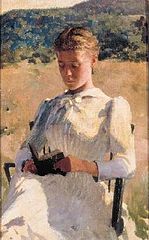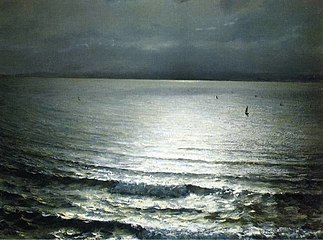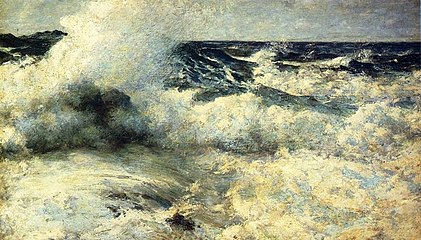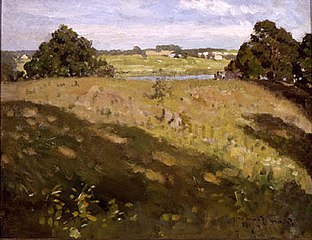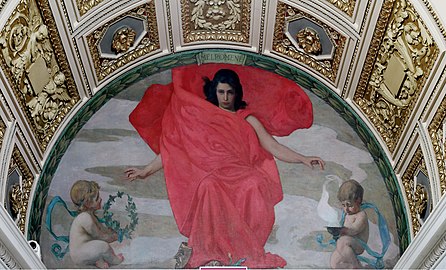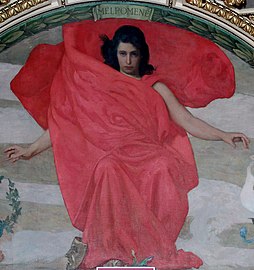
John La Farge was an American artist whose career spanned illustration, murals, interior design, painting, and popular books on his Asian travels and other art-related topics. La Farge made stained glass windows, mainly for churches on the American east coast, beginning with a large commission for Henry Hobson Richardson's Trinity Church in Boston in 1878, and continuing for thirty years. La Farge designed stained glass as an artist, as a specialist in color, and as a technical innovator, holding a patent granted in 1880 for superimposing panes of glass. That patent would be key in his dispute with contemporary and rival Louis Comfort Tiffany.
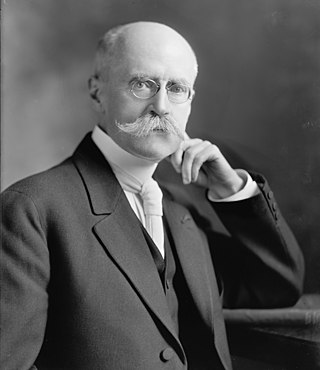
Edwin Howland Blashfield was an American painter and muralist, most known for painting the murals on the dome of the Library of Congress Main Reading Room in Washington, DC.

Elihu Vedder was an American symbolist painter, book illustrator and poet from New York City. He is best known for his fifty-five illustrations for Edward FitzGerald's translation of The Rubaiyat of Omar Khayyam.

Constantino Brumidi was an Italian painter and a naturalised American citizen, best known and honored for his fresco work, Apotheosis of Washington, in the Capitol Building in Washington, DC.

Henry Oliver Walker was an American painter of figures and portraits best known for his mural decorations. His works include a series of paintings honoring various poets for the Library of Congress and decorations for public buildings such as the Appellate Court House in New York City, Bowdoin College in Maine, the Massachusetts State House, the Minnesota State Capitol, and the Court House in Newark, New Jersey.

Robert Lewis Reid was an American Impressionist painter and muralist. His work tended to be very decorative, much of it centered on depiction of young women set among flowers. He later became known for his murals and designs in stained glass.
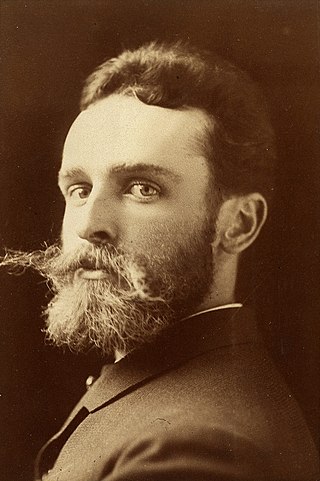
John White Alexander was an American portrait, figure, and decorative painter and illustrator.

Frank Weston Benson, frequently referred to as Frank W. Benson, was an American artist from Salem, Massachusetts known for his Realistic portraits, American Impressionist paintings, watercolors and etchings. He began his career painting portraits of distinguished families and murals for the Library of Congress. Some of his best known paintings depict his daughters outdoors at Benson's summer home, Wooster Farm, on the island of North Haven, Maine. He also produced numerous oil, wash and watercolor paintings and etchings of wildfowl and landscapes.

The Thomas Jefferson Building, also known as the Main Library, is the oldest of the Library of Congress buildings in Washington, D.C. Built between 1890 and 1897, it was initially known as the Library of Congress Building. In 1980, the building was named in honor of Thomas Jefferson, a Founding Father, the principal author of the Declaration of Independence, and the third U.S. president. In 1815, Jefferson's donation of his own book collection formed a core foundation for the library's collection.

William de Leftwich Dodge (1867–1935) was an American artist best known for his murals, which were commissioned for both public and private buildings.

George Inness Jr., was one of America's foremost figure and landscape artists and the son of George Inness, an important American landscape painter.

The Third Unitarian Church (TUC) is a Unitarian Universalist church in the West Side of Chicago, Illinois, United States. It was founded in November 1868. Because of its pioneering architecture for its day, it has become much of a landmark in Chicago, and is now an official landmark. The church is liberal and describes itself as "a progressive, welcoming, and diverse congregation".
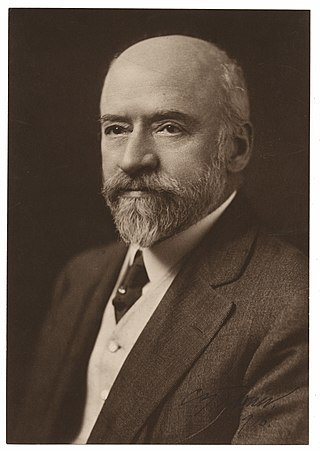
Charles Yardley "C. Y." Turner was an American painter, illustrator, muralist and teacher. His genre scenes and American historical paintings were popularized through engravings and book illustrations.

Louise Emerson Ronnebeck was an American painter now best known for her work as a muralist. She submitted entries to 16 competitions for the Section of Painting and Sculpture, winning and completing two commissions. Although her body of work included a significant number of both commissioned frescoes as well as easel paintings, few are known to have survived.
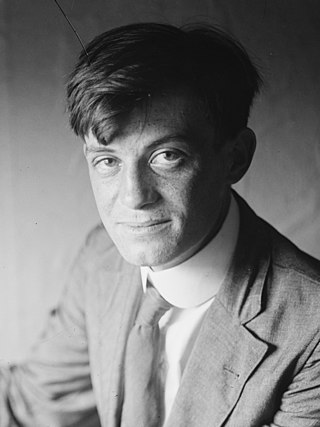
Frank Henry Schwarz was an American painter and muralist.

Carol McKinney Highsmith is an American photographer, author, and publisher who has photographed in all the states of the United States as well as the District of Columbia and Puerto Rico. She photographs the entire American vista in all fifty U.S. states as a record of the early 21st century.

Edward Laning (1906–1981) was an American painter.
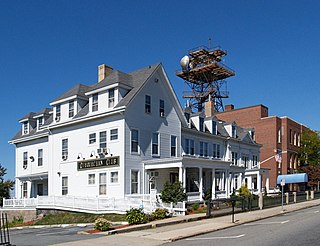
Nathaniel Cannon Smith (1866–1943), professionally known as Nat. C. Smith, was an American painter and architect of New Bedford, Massachusetts.

Louis Frederick Grell was an American figure composition and portrait artist based in the Tree Studio resident artist colony in Chicago, Illinois. He received his formal training in Europe from 1900 through 1915 and later became art professor at the Chicago Academy of Fine Arts from 1916 to 1922, and at the Art Institute of Chicago from 1922 to 1934. Grell exhibited his works throughout Europe from 1905 to 1915, in San Francisco in 1907, and in Chicago at the Art Institute 25 times from 1917 to 1941. He exhibited in New York in 1915 and 1916 and in Philadelphia and Washington DC. Primarily an allegorical and figurative composition muralist and portrait painter, his creative strokes adorn the ceilings and walls of numerous US National Historic Landmark buildings.
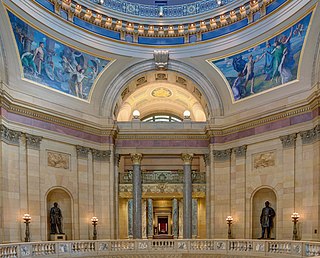
The Minnesota State Capitol opened in 1905 with roughly 60 artworks that totaled $300,000, or 7% of the $4.5-million project budget. Cass Gilbert, the architect of the Capitol building, had envisioned that the artworks would add "educational value" and provide for the "advancement of civilization and intelligence." Over the years, more artworks would be added to the Capitol, totaling nearly 150 by 2017. Much of the Capitol art is allegorical, as expressed through murals and sculptures, while some feature key moments in Minnesota history. While the allegorical symbolism used in the paintings would have been more widely understood during the time they were painted, over time the meanings have been challenged.





